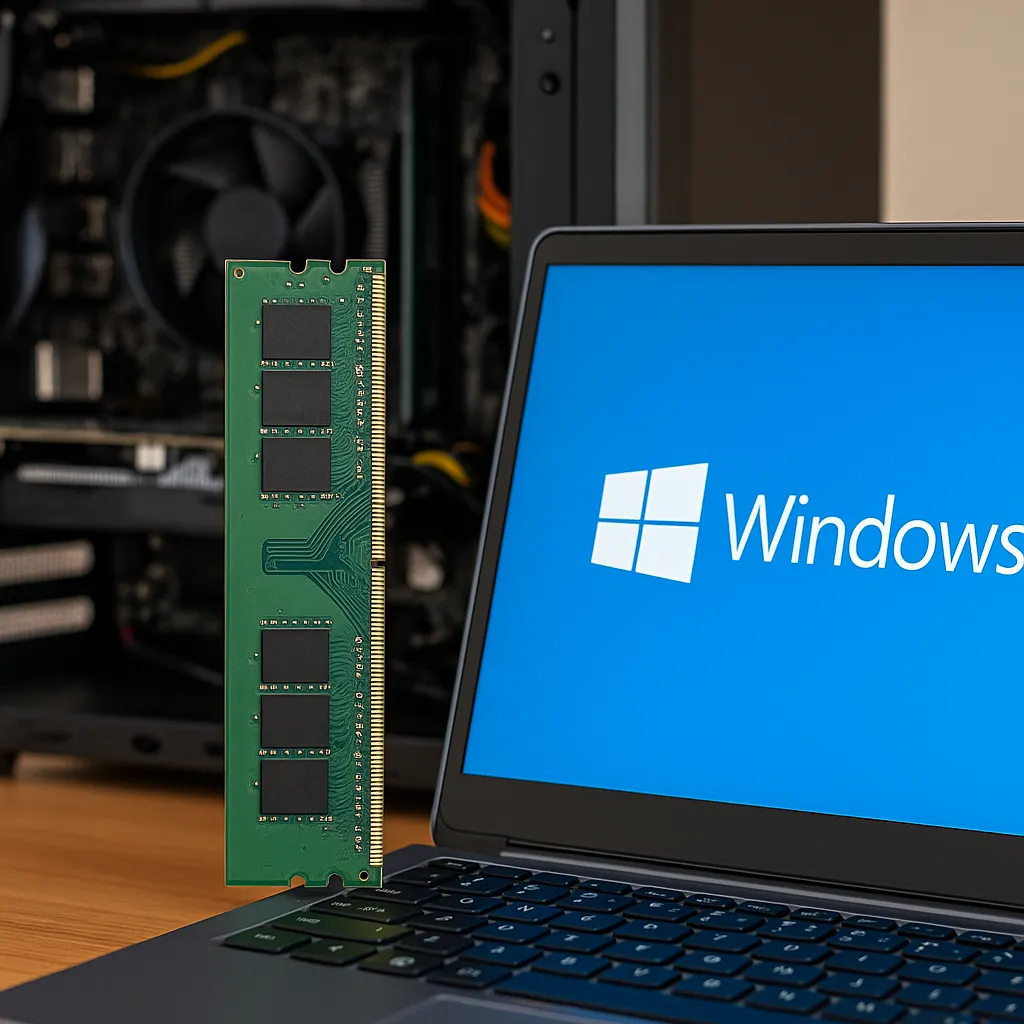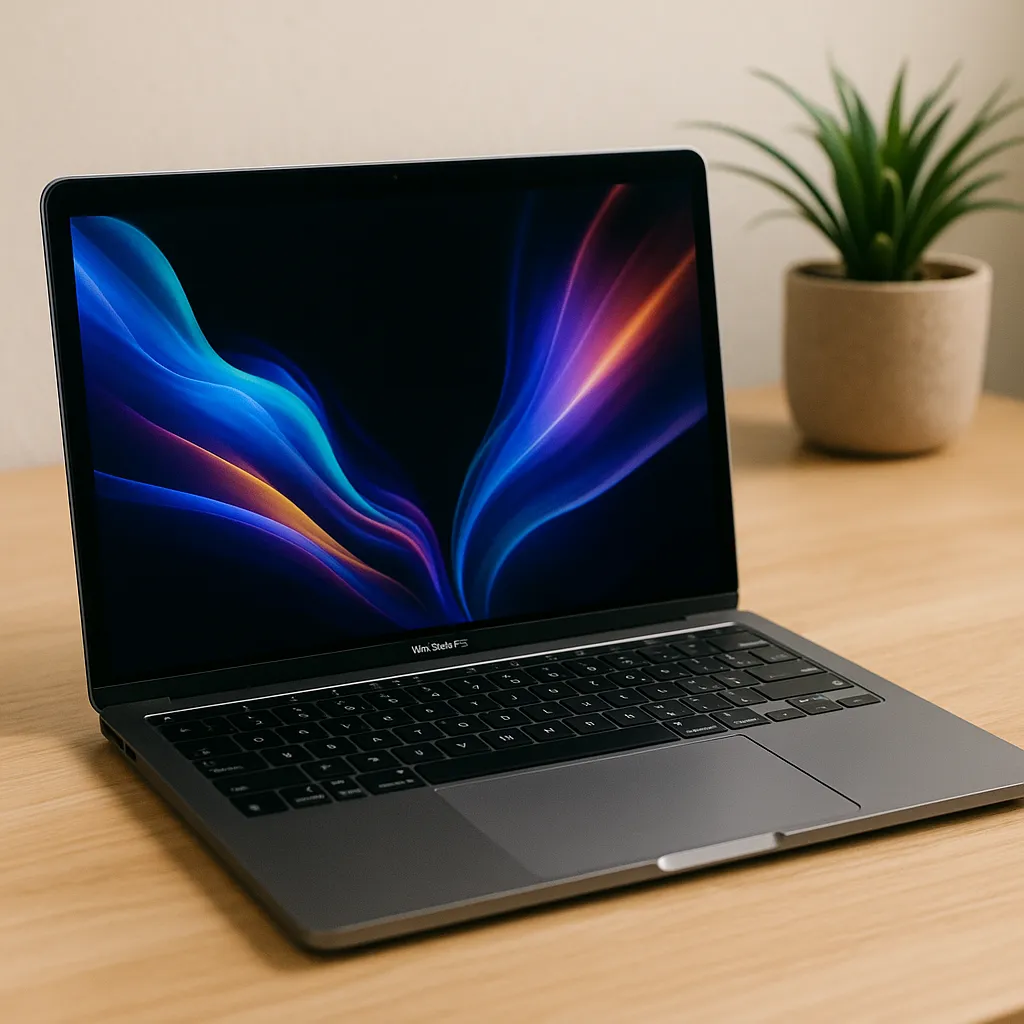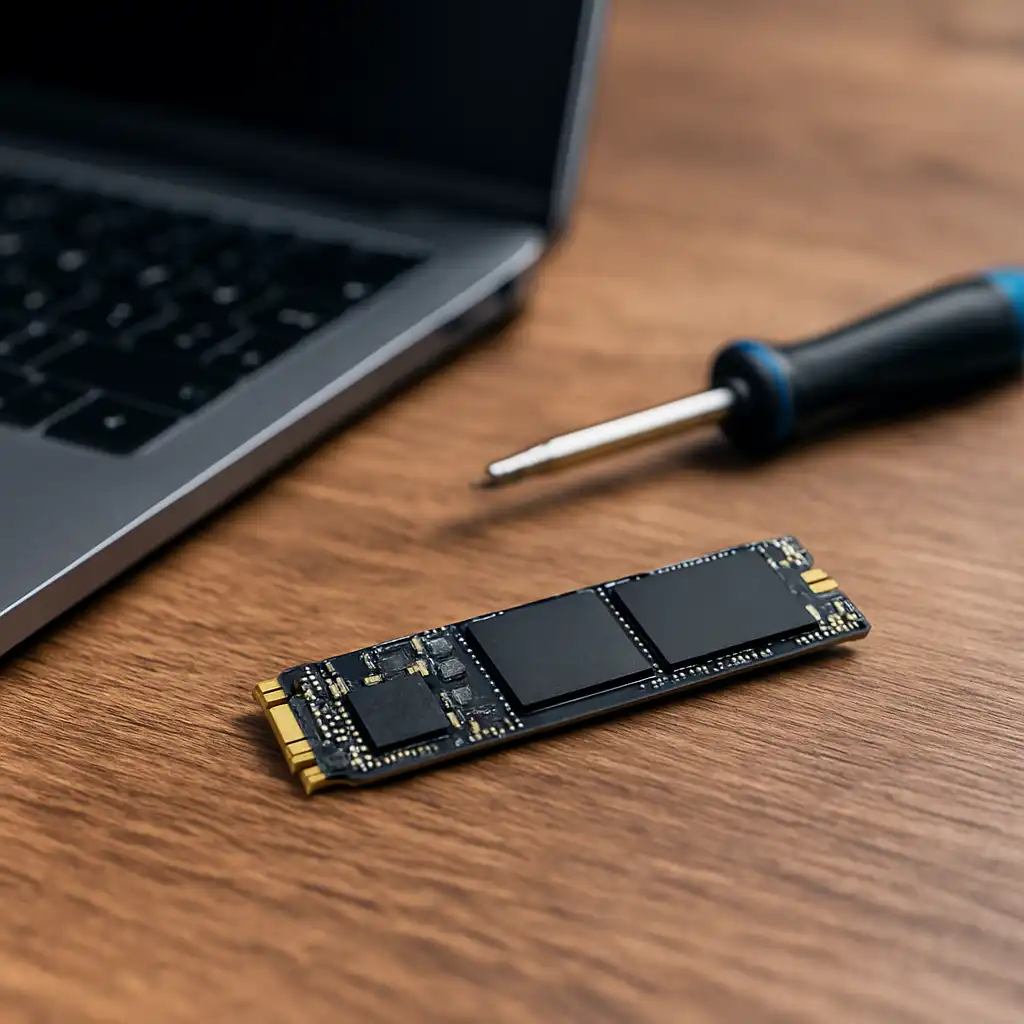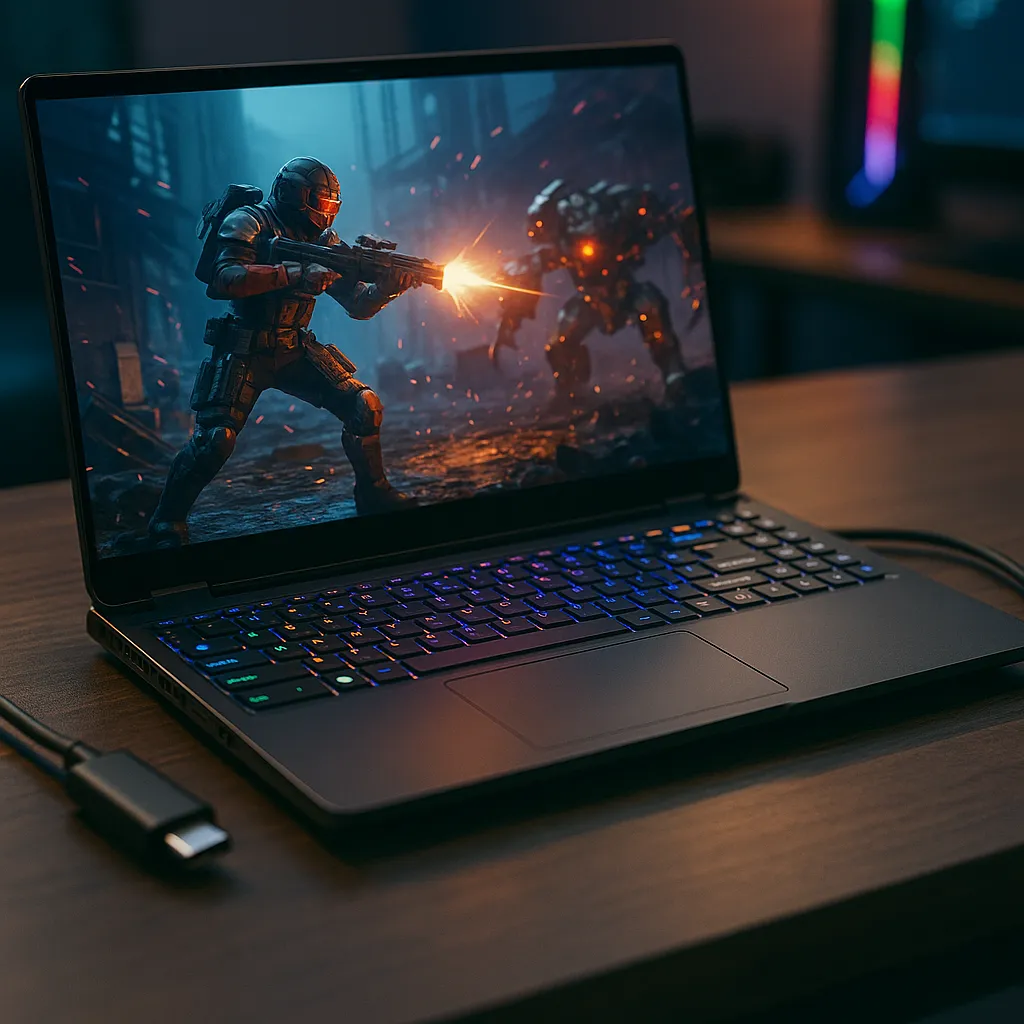How Much RAM Does Windows 10 Use? A Look Under the Hood
Disclosure: This post contains affiliate links. As an Amazon Associate, I earn from qualifying purchases—at no extra cost to you.
You’ve booted up your laptop and opened nothing but Task Manager, and half your RAM is already in use. Sound familiar? It’s a question that puzzles a lot of users: How much RAM does Windows 10 actually use? Is your system just bloated, or is it working smarter than you think?
The truth is, Windows 10 is designed to be efficient—but it’s also a bit of a hoarder when it comes to memory. Let’s break down what’s normal, what’s not, and how you can make sense of your machine’s memory habits.
Understanding Windows 10’s RAM Usage
At idle, Windows 10 typically uses between 2GB to 4GB of RAM on a 64-bit system. That’s before you open any browser tabs, music, or productivity tools. Why the range? Because Windows 10 tailors RAM usage based on your system configuration, background processes, installed apps, and how you’ve used your PC in the past.
Yes, it learns from you. It’s kind of like a nosy roommate who insists on “optimizing” your space.
Why Windows 10 Uses So Much RAM
One of Windows 10’s key features is SuperFetch (now called SysMain). This preloads your most-used apps into memory to help them launch faster. It’s clever, but it means RAM will always appear more “used” than you expect. Add in built-in services like Cortana, Windows Defender, telemetry, and background updates—and suddenly, your memory bar starts filling up.
The OS also caches data to keep things snappy. This isn’t waste—it’s optimization. When your system needs that RAM for other apps, it quickly reallocates it.
Minimum RAM to Run Windows 10
Microsoft lists 2GB as the minimum for 64-bit Windows 10, but let’s be honest—that’s the “technically-it-boots” level. You’ll hit a wall fast if you’re trying to do anything more than write a Word doc or browse the web with one tab open.
If you’re just using your computer for basic tasks, 4GB can work. But expect lag when multitasking. In 2025, 8 GB will be the real minimum sweet spot for general use.
How Much RAM You Really Need with Windows 10
- 4GB RAM: Bare minimum. Good for light browsing or simple document work. Expect slowdowns with multiple apps.
- 8GB RAM: Ideal for students, everyday users, and light multitasking. Windows runs smoothly with a few apps open.
- 16GB RAM: Great for creative work, gaming, or having 20 tabs open while editing a video.
- 32GB+ RAM: Needed only if you’re running virtual machines, video rendering suites, or complex development environments.
How to Check RAM Usage in Windows 10
It’s easy:
- Press Ctrl + Shift + Esc to open Task Manager.
- Click on the Performance tab.
- Select Memory from the left menu.
You’ll see total, in use, cached, and available memory. If “in use” is spiking with nothing open, it might be time for a RAM upgrade—or some digital housekeeping.
Conclusion: RAM and Windows 10—A Delicate Dance
Windows 10 is surprisingly smart in terms of how it uses memory. It may look like a RAM-hog, but it’s just trying to serve you faster experiences. As long as your tasks stay smooth and apps respond quickly, you’re likely fine—even if Task Manager says you’re using 50% or more RAM at idle.
Still, if your computer constantly chokes when you open Chrome, don’t blame Microsoft—just give your machine a little more breathing room.







